Comments/Ratings for a Single Item
273. Left Berolina Pawn, and 274. Right Berolina Pawn. I had a kind of weird day yesterday; among other things, I hadn't selected a Piece of the Day for today, and as I was hunting around the best I could find was a two-piece pair. Since it was late in the day, I decided to just wait for morning and do them together.
While I was compiling the Icon Clearinghouse, I came across images for these two pieces, but without any clue as to how they were supposed to move. So, I made my guess: I simply turned the standard Berolina's movement 45 degrees.
That gives the Left Berolina Pawn a non-capturing move of 1 space orthogonally forward or to the right, with an optional 2-space move as an opening, and a capturing move of one space diagonally forward and to the right. (mfrWcfrFimfrnD)

And of course the Right Berolina Pawn does the same thing to the left. (mflWcflFimflnD)

As usual with such pieces, "left" and "right" refer to where the pieces should be placed in the lineup, not the direction in which they move.*
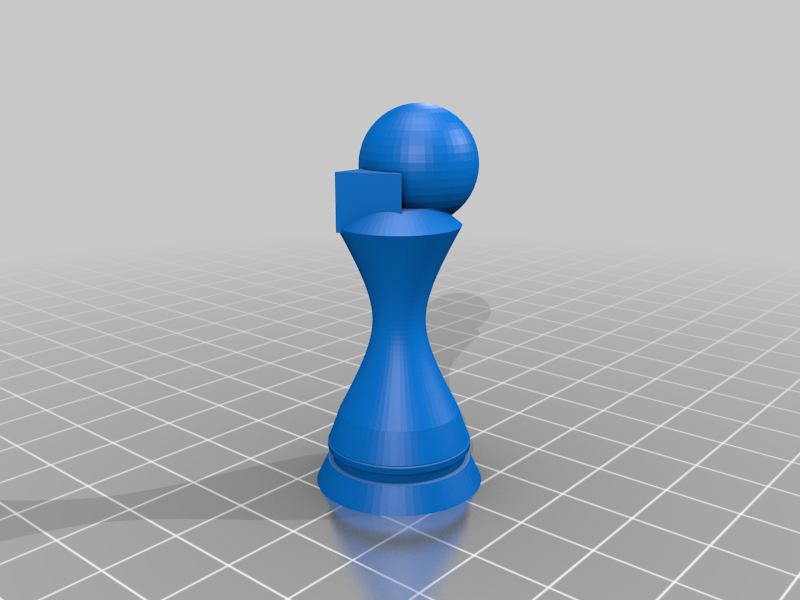
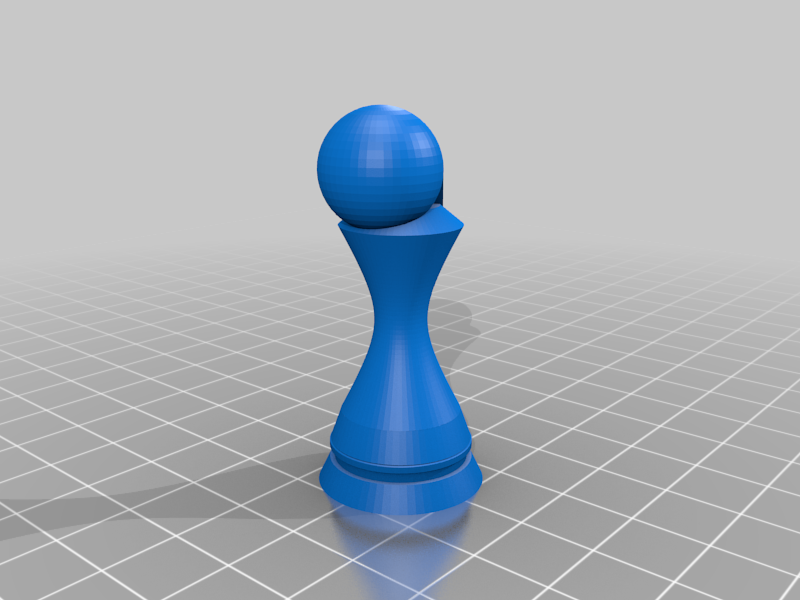
The models are just modified Berolina Pawns, with the head not represented by the name (right on the Left Berolina, and vice versa) replaced by a triangular block pointing forward.
*I'd originally done that the other way around, leading to the discussion in the next couple of replies.
Given that I usually call for "left" and "right" to be for placement, it may be better to reverse these moves. Opinions on that question are welcome.
My opinion is, don't leave it ambiguous! Even if you use it consistently it will be confusing. If the name refers to the location make it something like "Left Side Berolina Pawn" and if it refers to direction make it "Leftwards Berolina Pawn".
Given that the practice of "Left" and "Right" has a history in Shogi -- where simply "Left" and "Right" are used in all English translations of which I'm aware* -- I think I'll leave that much as it is.
On the same principle, since those names refer to position, I do think it'd be better to switch the two as far as their moves.
*Allowing that I've been at this for a relatively short time.
I recently have broken my table and then sorted things from it. There were many CV drafts and thoughts, and among them I found pieces based on different time controls of standard chess, but pieces weren’t usual at all. One of them is Bullet, but I can call it Storm Trooper. It moves straight up to 4 forward, 1 backward (both are with or without taking), and also 1 sideways without taking, but there it can push one piece (if square isn’t free) in this direction: same logic as my Shieldholder from NDPRC and Horizons.
I'd call them Berlin Peon/Anti-Peon & Berlin Storz Pawn/Anti-Storz Pawn. Right Anti-Pawn & Left Anti-Pawn would be rmFrcW & lmFlcW.
275. Yey. This is another piece that I built based on a letter of the Tifinagh, and it's one that I'm a little surprised I haven't alraedy posted.
Based on the Berber letter ⴻ, Yey moves one space sideways, or leaps two spaces vertically. If the latter move captures a piece, it may then move without capture from there to any adjacent space. (sW[vD?a(b)K])

I think that this would be an interesting piece to use as a special Pawn, promoted Pawn, or "superpawn."
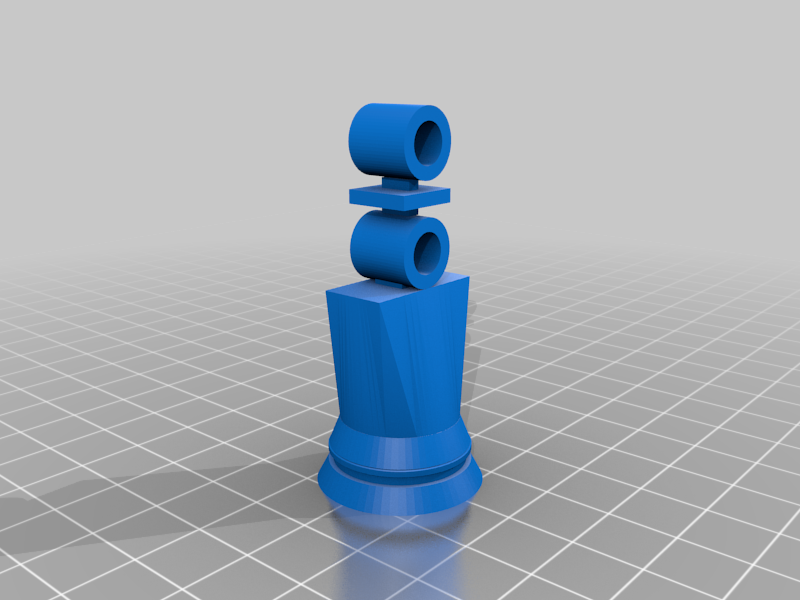
And now, a question that's been nagging on me for a while: Which should be the eighth (and final) weapon piece in my Clue Chess game?
So far I have seven weapons selected: the six from the classic game, and one that's appeared in the most variant versions:
- Candlestick (mK2cafmK)
- Dagger (mK2mafcabK)
- Lead Pipe (KcabK)
- Poison (mnNcW)
- Revolver (mWcaibCcaibZ)
- Rope (KcaibaK)
- Wrench (nNcafsmK)
(A secondary question: do these seven all seem reasonably close in power? I'll provide some extra information in a separate reply, in case it's needed.)
The candidates for the eight weapon are:
- Axe (WcN)
- Baseball Bat (m(afal)3Fn(aln)3AmWcabNXXcabAXY)
- Dumbbell (mW[dD-bucW][cD-ubcW])
- Horseshoe (nN[nN-fcaibW][nN-lcaibW])
- Trophy (KS)
I'm still rather unsure about how well I've done the Dumbbell's move, so right now it's my least favorite. I am, in fact, leaning most toward the Axe at this point, though I'll gladly take other ideas.
While I mostly want to rely on game balance (keeping the eight weapon pieces close to equal in power level), other considerations can include appearances in variants, ease of understanding, overlaps with other weapon pieces, general aesthetics, or anything else you like.
Extra information about Clue Chess that may or may not be relevant:
- The board is 25x25, with special spaces for the Rooms and blacked-out spaces around the players' starting areas (except in front).
- Similar to regular Clue(do), there can be anywhere from 2 to 8 players.
- There will be only one of each weapon; they start neutral, in starting places on the board.
- When a player captures a weapon piece, that player's King gains the abiltiies of that piece.
- There will be no limit on how many weapons the King can carry (as of this moment, anyway).
- I haven't fully decided yet what happens to the weapons when the King is captured. The King itself is returned to its starting square, and I'm inclined to do the same with the weapons, though I may decide on something else.
- It may or may not be allowed to move the weapons as independent, "neutral" pieces. If it is, it'll be move-without-capture only.
Feedback on these rules wouldn't be entirely unwelcome, though for now I want to focus on selecting the eighth weapon.
anybody reads this? can use it if u want… but I recommend to rename and put in another game
If that's in reference to your Bullet, I've been thinking about that. Like today's Yey, it'd be an interesting Pawn or Superpawn type piece.
For an eighth weapon, have you considered a blowgun?
Since it's never appeared in any published version of Clue, no, I haven't.
276. Grand Vizier. This is yet another intereseting piece from Robert Shimmin's game Scheherazade. It can step to any adjacent space, or leap (1,3) or (2,2). (KAC)

I rather like this piece for slightly-large boards such as the 12x12 one shown here.

This is yet another model that I made after studying historical pictures. I may need to accentuate the sash more, but on the whole I think it came out OK.
Tinkercad continues to have its upload problems, so it took until today to get the weekend's pair.
277. Faro. and 278. Loco. Also called the Argentinian Rook and Argentinian Bishop, these two pieces (along with the corresponding Knight and Queen -- Saltador and Señora, respectively) were invented in 2016 by Manfred Rittirsch for use in fairy chess problems; they've rarely been seen in an actual game until this year.
Argentinian pieces capture with a normal move, but must pass a hurdle in order to move without capturing. The distance before and after the hurdle can be anything, as long as the piece follow a straight line and jump exactly one hurdle.
As suggested by their alternate names, the Faro moves orthogonally (cRmpR), while the Loco moves diagonally (cBmpB).
The names, translated from Spanish, mean lighthouse and crazy person.
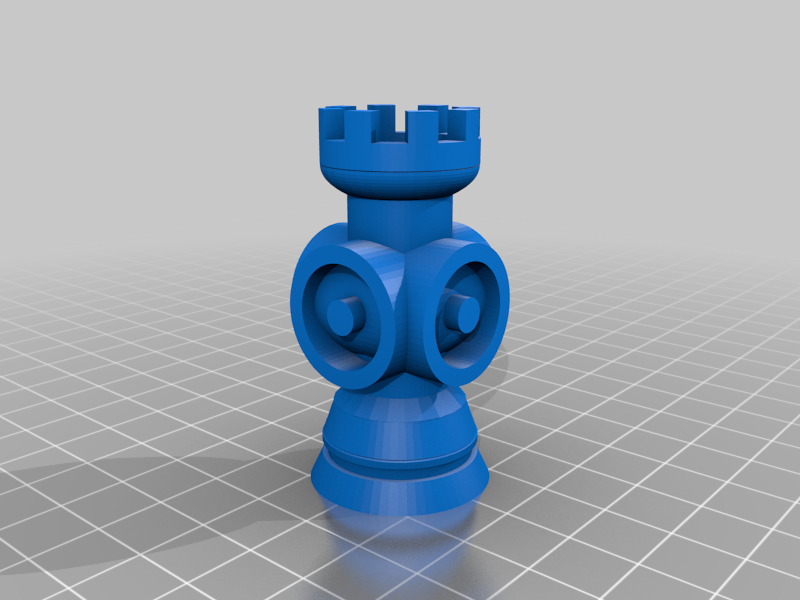
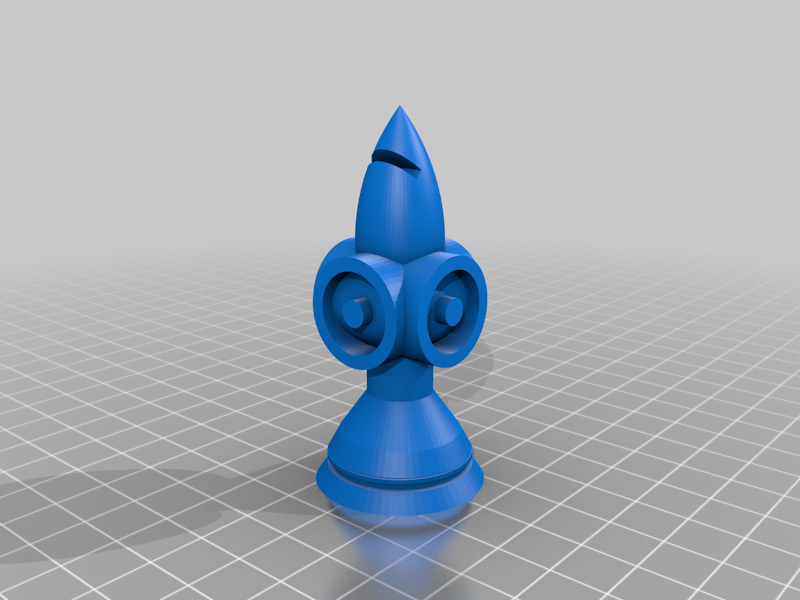
The added-on part of the dot inside a circle is intended to represent the Cockade of Argentina, one of the country's most recognizable national symbols.* My apologies to those in North America (and elsewhere) who associate that image with the Target department store chain.
(I'm thinking that maybe I should rework these pieces, with the circles a smaller diameter.)
The Señora, of course, compounds these two. (The Saltador moves like a normal Knight, but must have a piece in one of the two intervening spaces to move without capturing.) More Argentinian pieces could be extrapolated from all these, including Archbishop, Chancellor, Nightrider, and others.
*The most recognizable is the Sun of May, which consists of a sun with a face and 32 rays extended, alternating between straight and undulated, as seen in the center of the country's flag. While a beautiful and singular icon, it's a bit too complex for this context.
And in case anyone's interested, I have the lineup figured out for Clue Chess. Some of these pictures need a bit of reworking, I'll admit, but in general this is what you'll see on the character cards:
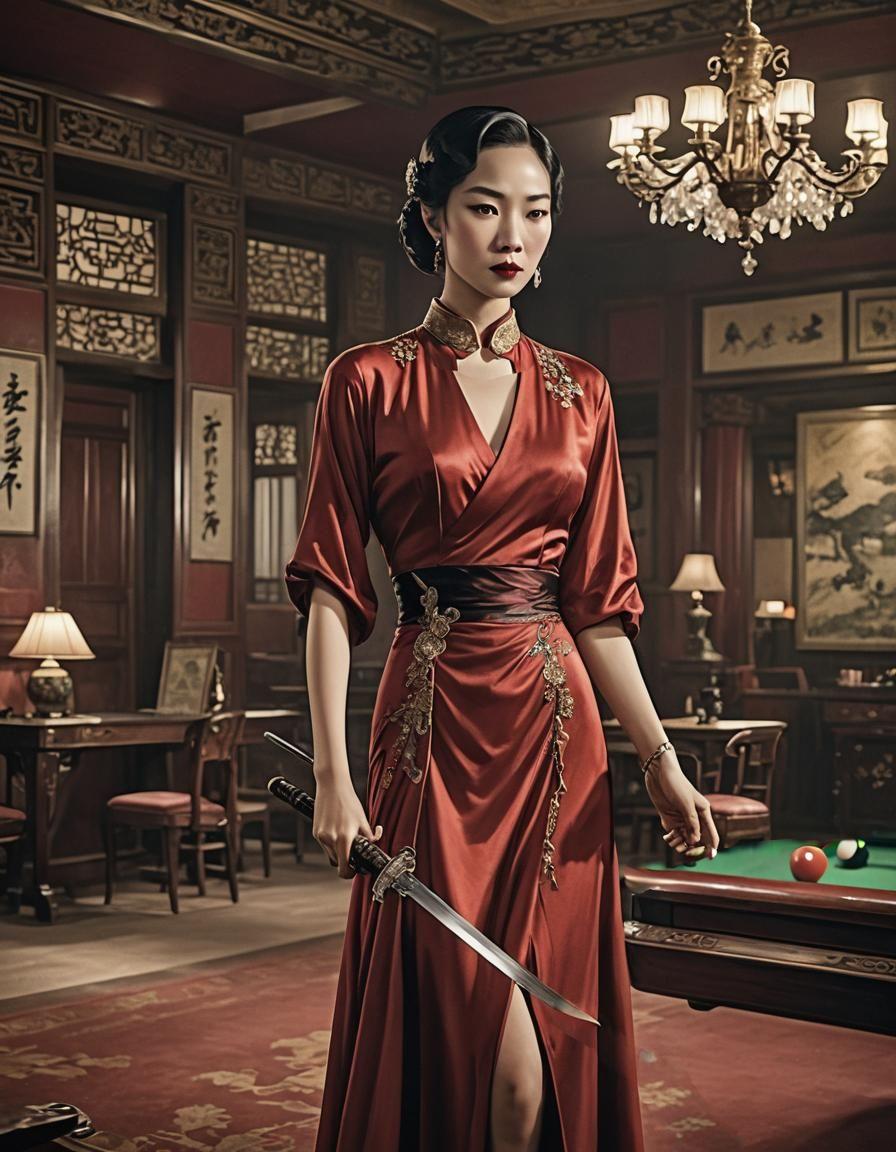


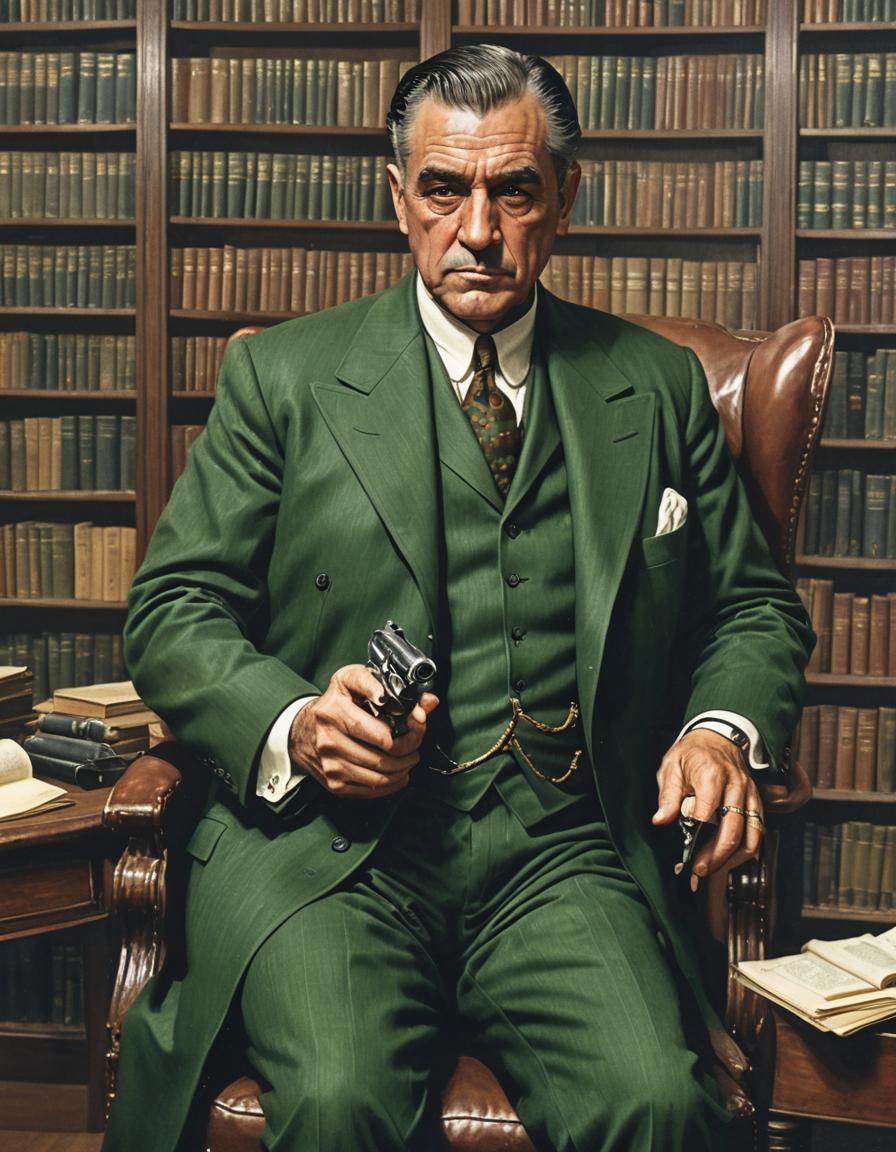
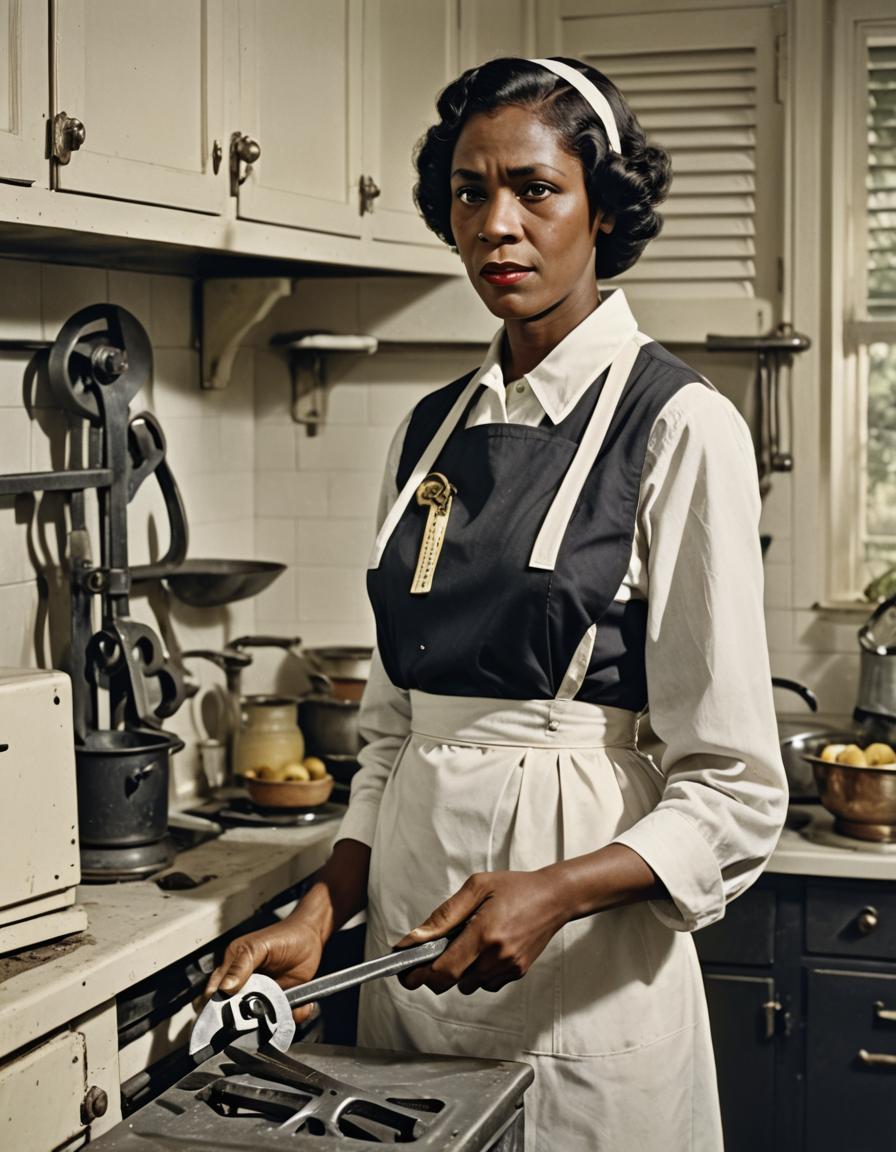



I acknowledge that it's hard to tell what weapon some of the characters are holding (or associated with in the picture) or what room they're in, so that'll need a bit of work. But this is a good start.
I like these two 3D designs. You could do a similar one for the Señora.
You could have mentionned that these pieces behave as the opposite of the so-called Chinese pieces, xiangqi's Cannon (a.k.a. Pao), Vao and Leo.
The names Faro, Loco, Señora are smart. A semaphor (Faro) is a kind of tower (Rook is Torre/Tour in Spanish/French), Loco is the Spanish translation of Fou in French which is the name for the Bishop in chess, and obviously Señora, lady in English is related to Dama/Dame in Spanish/French, meaning lady in English and the name of the Queen in chess.
Good post.
Maybe he saved Señora & Señor for next week.
I actually do have the Señora (and Saltador) on my Thingiverse page (though I didn't think to do the Señor; thanks for reminding me about that link, HaruNY!). I'll probably post them all separately at some later date, as a follow-up.
As to the contrast with Chinese pieces, I would have done that but I couldn't remember which pieces the Argentinian ones contrasted with.
PS: I like my interpretation of Loco better. But then again, I would. :þ :)
279. Striped Dragon. I was trying a couple of months ago to figure out a good counterpart for the Tiger, but all anyone could offer as a name was Dragon, which I'm reluctant to use because there are so many Dragons running around the site (I even have some work done on a variant featuring every one I could find). So, I waited until something presented itself; and finally, a few days ago, it occurred to me that if it's related to the Tiger, maybe this Dragon is striped. So, while it's generally known as just Dragon, I decided to call it Striped Dragon.
The move is simple: the Striped Dragon makes a (2,3) leap like a Zebra, then may slide from there orthogonally outward like a Rook. ([Z?R])
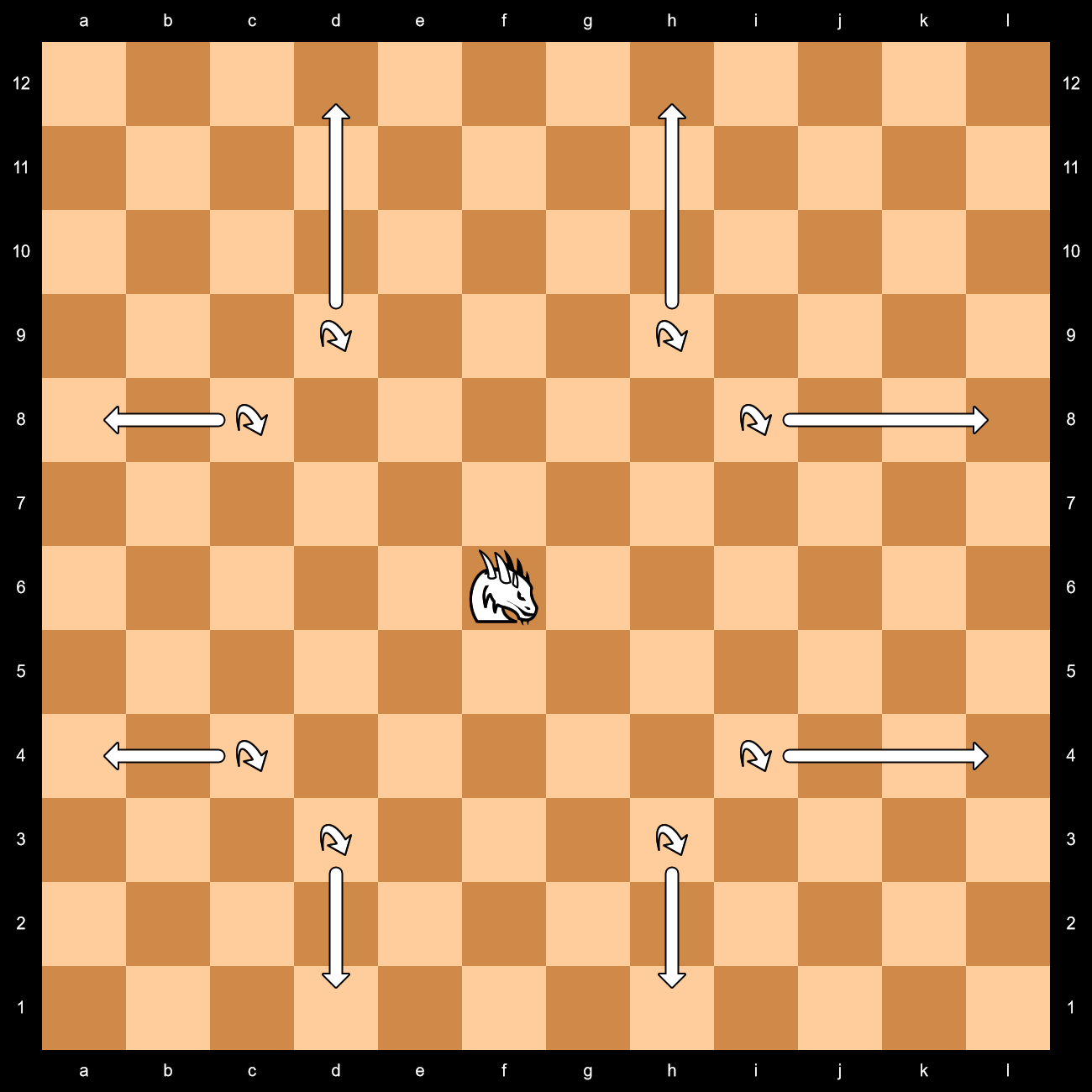
And so now we have a pair.

Despite the lack of wings, I think this piece looks quite draconian.
It reminds me of the sandworm of Dune. Well, if it was a sandworm it would have a larger diameter, which a could be a good idea because in reality I would fear this piece breaks too easily.
A Sandworm might make an interesting piece.
Has anyone besides me even used this piece? It seems strange to say it's generally known as anything. A less overused alternative could be Salamander, although that does seem to be used in Typhoon for KmyadabuQ4. Striped Dragon sounds like a decent solution.
Has anyone besides me even used this piece?
Now that I have a name for it, I intend to. In fact, I've already added it to the piece list for my all-Dragon game.
@Bob: Yes. I imagine a piece that can land on a friendly piece and immediatly kills (removes) that piece and all pieces in the 8 squares around, friend or enemy.
It is possible to capture an enemy sandworm. It is possible to move to an adjacent square to a sandworm, friend or enemy. The sandworm capture adjacent pieces only when it moves.
25 comments displayed
Permalink to the exact comments currently displayed.